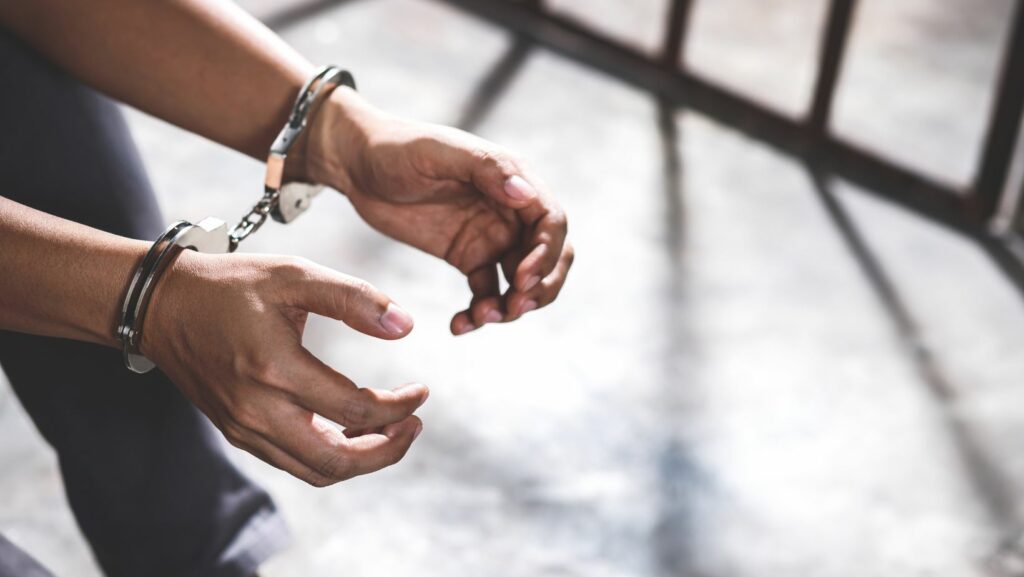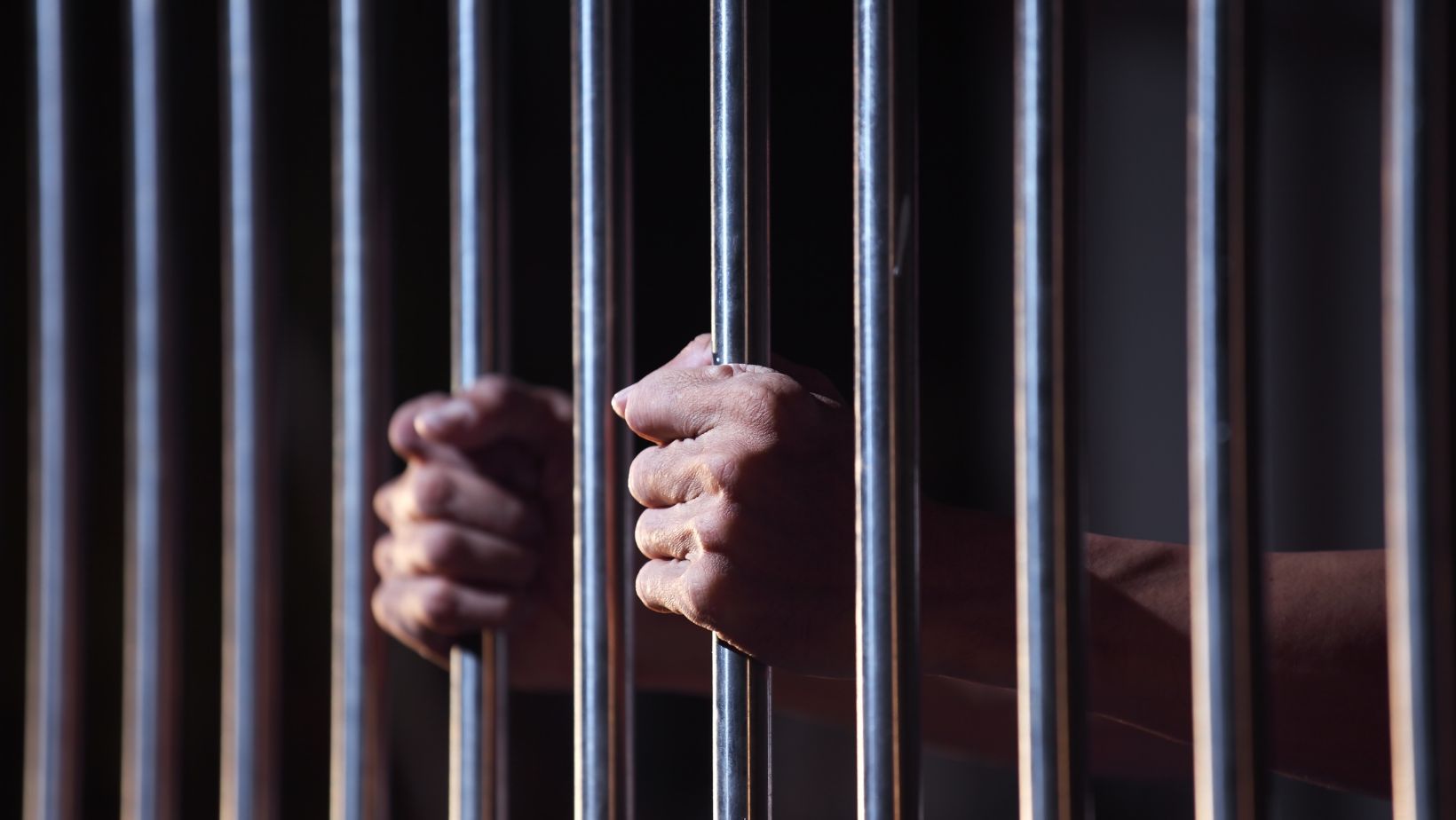If Bail is $250 000 How Much Do I Pay
It’s often a source of confusion and stress when you’re faced with the question, “If bail is $250,000, how much do I pay?” In the midst of dealing with an arrest, understanding the intricacies of the bail system might not be at the forefront of your mind. Here’s where I’ll aim to shed light on this complex issue.
Table of Contents
ToggleAt its core, bail reform is about striking a fair balance between public safety and individual rights. It can be quite daunting when you’re staring down a quarter-million-dollar bail amount. So let’s break it down: typically if you’re using a bail bond service, you’d pay around 10% of that sum which would equate to $25,000 – still not a small figure by any means.
Regardless of whether we agree or disagree with the current system in place, knowing how these figures are calculated and what they mean for us financially is essential. This knowledge allows us to better navigate these challenging situations should we ever find ourselves in one.
Understanding Bail and Its Purpose
Let’s dive into the world of bail. What is it exactly? And why does it exist? To put it simply, bail is a financial arrangement that a court makes with a defendant. The defendant agrees to pay an amount set by the court to secure their release from jail until their trial. It’s essentially collateral, ensuring they’ll appear in court for their trial.
Now you might be wondering, what’s the purpose behind this system? Well, bail serves two main functions. First off, it provides a strong incentive for defendants to show up at all future court proceedings. They don’t want to lose that hefty chunk of change after all! Secondly, it helps maintain a balance between respecting individuals’ rights and protecting public safety.
Let me paint you a picture; imagine an individual who stands accused of a serious crime but hasn’t been found guilty yet. Without bail, this person would have to remain in jail until the conclusion of their trial which could take months or even years! That doesn’t seem fair now does it? This is where bail comes into play.
But here’s where things get tricky – if bail is set too high, some individuals might not be able to afford it, leading them back into confinement without having been convicted of any crime. That brings us right back around to our topic: “Bail Reform – If Bail is $250 000 How Much Do I Pay?”
In recent years there has been significant debate around this issue with many arguing that the current system disproportionately affects lower-income individuals who cannot afford high bails. It’s important to note though – reforms are happening across several states aiming for fairer systems.
To sum up:
- Bail can be defined as money used as security for the release of someone accused but not convicted of a crime.
- This system ensures those accused attend their trials and protects public safety.
- The question “If Bail is $250 000 How Much Do I Pay?” highlights the issue with high bail amounts and the need for reforms.
The Basics of Bail Reform
Let’s dive right into the complex world of bail reform. It’s a hot topic that has been making waves in the legal system for quite some time now. In its simplest form, bail reform is all about reevaluating and potentially changing how our justice system uses monetary bail as a means to ensure defendants show up for trial.
So why is it necessary? Well, there’s a growing sentiment that the current bail system disproportionately affects lower-income individuals. If you’re faced with a $250,000 bail, how much would you actually pay? That largely depends on whether or not you use a bail bondsman. Typically, these services charge around 10% of the total bail amount – so in this case, you’d be looking at an out-of-pocket expense of $25,000.
But here’s where things get tricky. Not everyone has access to such significant funds on short notice. This often leads to prolonged pretrial detention for those unable to afford their set bail- even if they pose no flight risk or threat to society.
Bail reform aims to address these inequities by:
- Implementing risk assessment tools: These help judges make more informed decisions about who should be released prior to trial.
- Promoting non-monetary release options: Such as release on own recognizance or supervised release programs.
- Eliminating money bail altogether: Some advocates argue this is the only way to truly level the playing field.
It’s important to note that while each state has its own approach towards implementing these reforms – there isn’t a one-size-fits-all solution. The goal is always balancing public safety with individual rights and fairness in our justice system.
Remember, understanding exactly what “bail” entails can be confusing for many — especially when facing it firsthand under stressful circumstances. By familiarizing ourselves with concepts like these and staying informed about ongoing changes in legislation we contribute toward a more fair and equitable system for all.












